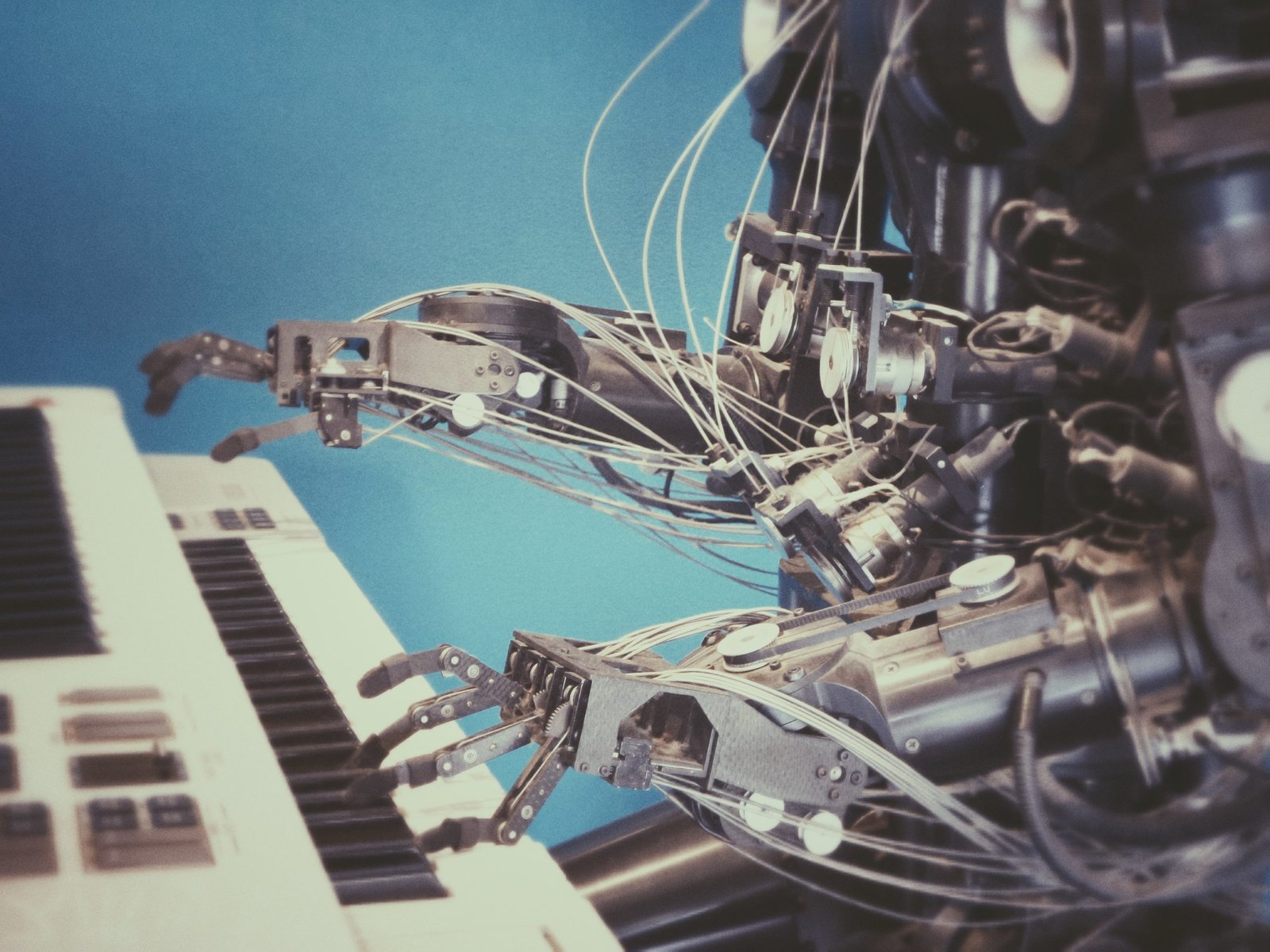THINGS THAT ARTIFICIAL INTELLIGENCE DOES BETTER
It is a fact, artificial intelligence will eventually replace men for many tasks. An observation linked to their creation by the human being, since these have, by definition, the function of “carrying out activities that fall under human intelligence”. And if each year AI progresses in many fields, it already manages to distinguish itself, even to exceed the human brain. Here are the ten things they already know how to do better than us.
ESTABLISH A MEDICAL DIAGNOSIS
If RNs do not yet claim to replace doctors or health professionals, they are already proving to be excellent assistants in establishing an accurate diagnosis. These are particularly excellent for studying medical imagery (scanners, radios, ultrasounds, etc.). Thanks to deep learning (deepening which consists of integrating millions of data and generating an automatic program), AI can scan millions of images. By comparing these with the medical image of a patient, she can identify possible signs of illness, sometimes even imperceptible to the human eye.
TO TAKE A PICTURE
Rule of thirds, white balance, color settings, bokeh effect, contrasts … Taking a photo in the rules of the art is not within everyone’s reach. If some make it their job, it is because a real case requires know-how. However, all of this remains purely mathematical and therefore within the reach of ai training in bangalore. A finding established by the manufacturers of cameras and smartphones. In 2019, most of the premium mobile devices carry neural chips. Trained to recognize different types of scenes (landscapes, portraits, flowers, dishes, macro, animals, children …), these will then adjust the camera automatically to achieve, in less than a second, a much more shot flattering than if it had been immortalized by the average human being. On its Pixel 3, Google has thus trained an AI to achieve a background blur effect automatically when it detects a face to magnify it. Huawei with its P30 Pro promises to take pictures in complete darkness, for an image like in broad daylight. Samsung and Apple are also exploiting AI to significantly improve the final rendering of shots from their respective mobiles.
TO SPEAK SEVERAL LANGUAGES
What if learning a language was already useless? In the era of Google Translate, ai training in Bangalore can already serve as a universal translator. The same one fantasized by the creators of Star Trek in the 1960s. And if the Google tool remains the best known today, other companies are in the ranks around the translation.
COPY A MASTER PAINTING
Can an AI understand the genius of a painter? Above all, is art within the reach of a machine? This is the question tackled by researchers from Microsoft and the Dutch university of Delft with their project The Next Rembrandt. Here, the computer was used to dissect the work of the master. More than 340 of his works have been scanned and analyzed in great detail, in order to understand the brushstroke and genius of this essential figure of the Baroque.
STORE MEMORY
Long considered a perfect natural machine, our brain reveals its secrets and limits. In 2016, a team of neuroscientists from the Salk Institute in La Jolla, California, estimated the storage capacity of the human brain at 1 petabyte (or one million billion bytes). A dizzying number that highlights the superiority of the human brain when it comes to integrating (even unconsciously) information. But what will it really be in the coming years? Facebook, Amazon, Google and Microsoft are already storing more than 1,200 petabytes of data, the researchers explained when they published their work. At the exponential rate at which the Web and data sharing is developing, this figure could have doubled since then. And artificial intelligence feeds big data every day, for example by scanning the millions of photos shared daily on social networks.
You may also be interested in reading about Nebosh Course

